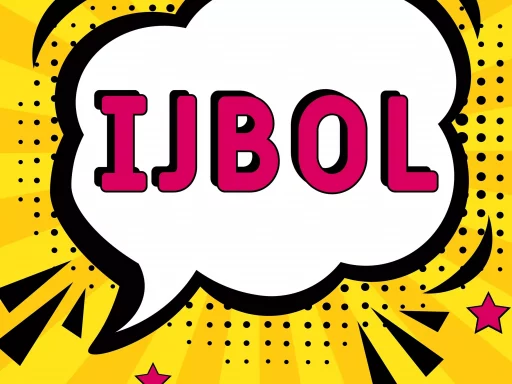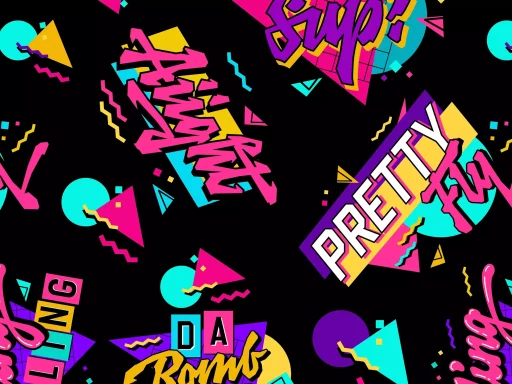Introduction to Primate Communication
Humans are not the only species with a complex means of communication. In the animal kingdom, primates—our closest relatives—exhibit a fascinating variety of behaviors and vocalizations that could be considered their own forms of “slang.” This article delves into the world of primate communication, exploring how these fascinating creatures express themselves, establish social hierarchies, and even pass on information crucial for survival.
Understanding Primate Language
Primate communication is not solely based on vocalizations. It is a rich tapestry that combines sounds, gestures, facial expressions, and body language. This non-verbal language, often referred to as “primate slang,” plays a significant role in their social interactions.
Examples of Primate Slang
Different species of primates possess unique vocalizations and gestures that serve specific purposes. Here are some examples of what could be considered primate “slang”:
- Chimpanzees: Chimpanzees use a variety of pant-hooting calls that convey different messages. For instance, a series of rhythmic hoots may signal excitement or alert others to the presence of food.
- Gibbons: Known for their melodic songs, gibbons often possess regional differences similar to dialects in human languages. These songs can serve to mark territory or strengthen bonds between mates.
- Japanese Macaques: These monkeys employ a range of vocalizations, including “cooing” and “grunting,” that can denote social hierarchies or even playful interactions.
Case Studies on Primate Communication
Researchers have long been interested in understanding primate communication. Several case studies highlight the complexity and sophistication of their social interactions.
1. The Language of Chimpanzees
In a significant study conducted by Dr. Klaus Zuberbühler, chimpanzees were observed using different calls to express different meanings. For example, the term “food call” was used to attract others when food was available, while different calls signified the presence of danger or threats from predators.
2. Vervet Monkey Alarm Calls
Vervet monkeys have distinct alarm calls that vary based on the type of predator. They emit different sounds for aerial threats (like eagles) compared to terrestrial dangers (like snakes). This differentiation suggests a level of understanding that allows them to tailor their responses based on specific threats.
Statistics on Primate Communication
Recent studies show that:
- Primate vocalizations can contain up to 38 different meanings, depending on the context.
- Chimps have been documented using around 30 distinct gestures as part of their communication toolbox.
- Gibbons can sing up to 10 different songs that vary regionally, suggesting a rich culture.
The Influence of Environment on Primate Slang
Environmental factors play a colossal role in shaping the communication styles of primates. For instance, primates living in dense forests may use different vocalizations than those in open savannas, adapting to the specific needs of their habitats. Factors influencing these changes include:
- Habitat: Dense foliage may necessitate louder calls, while open spaces could allow for clearer communication.
- Social Structure: Species that live in larger groups often develop more nuanced forms of communication to maintain social bonds.
- Predation Risks: Increased threats may lead to more frequent alarm calls, thereby altering the nature of their vocalizations.
Conclusion: The Future of Primate Research
Understanding primate slang and communication is crucial not only for the study of primatology but also for insights into the evolution of human language. As we continue to learn about our primate relatives, we may uncover fundamental aspects of how communication evolves among social beings. The sophistication of primate communication underscores the importance of conservation efforts to protect these remarkable creatures and their habitats.






